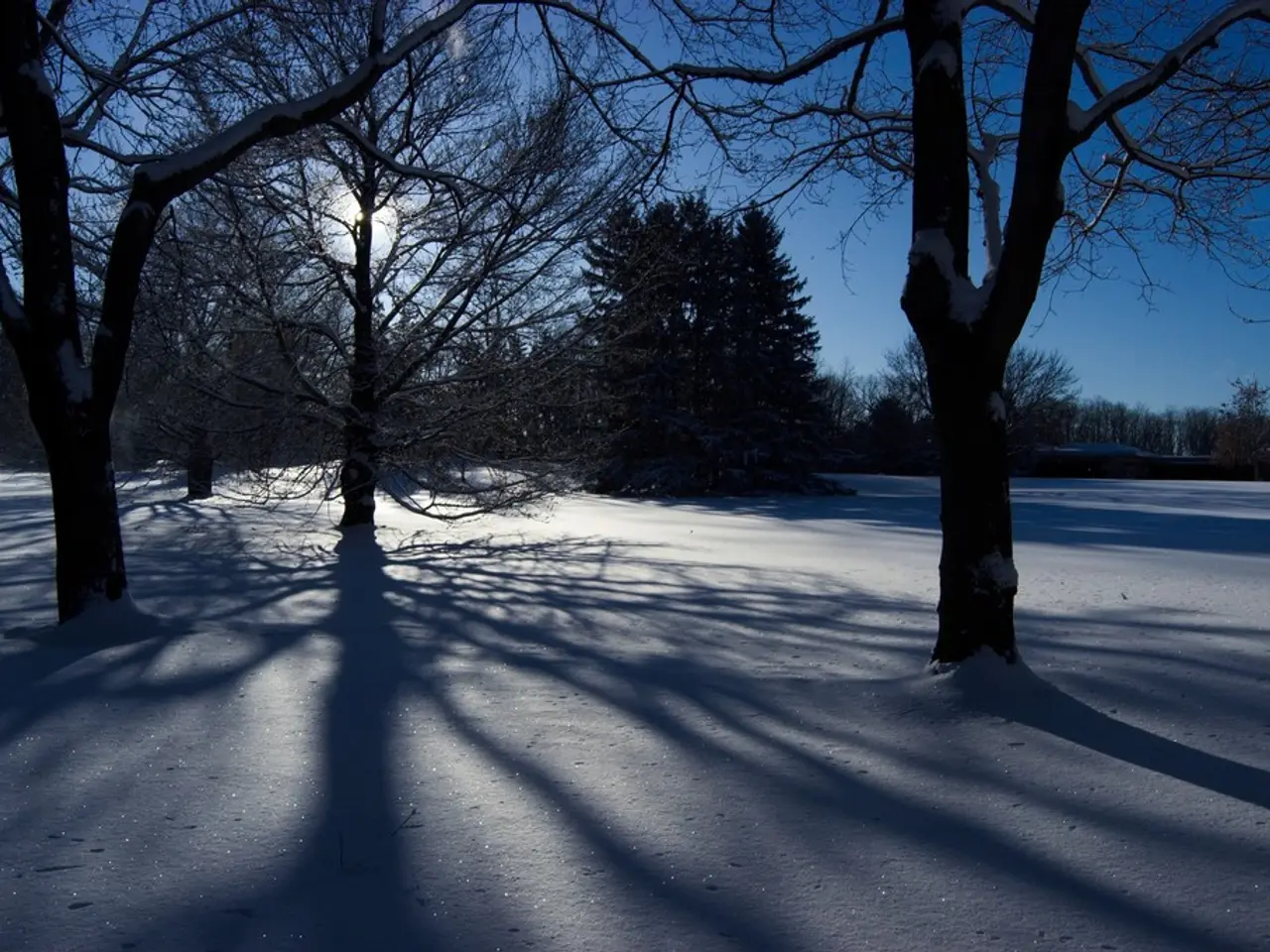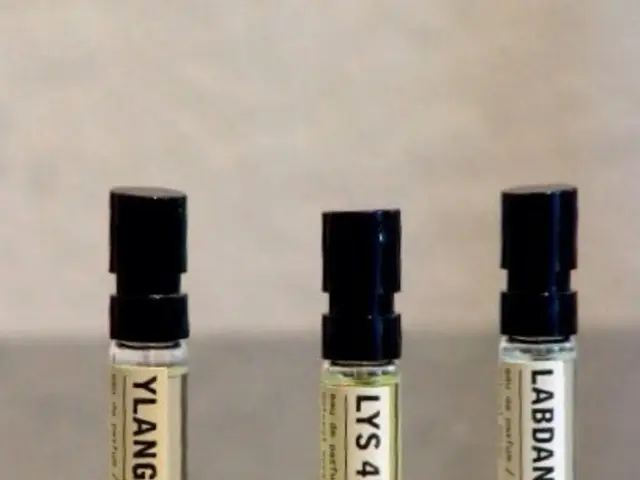Solutions for Preventing a Heat Pump from Freezing During Cold Spells - Experts Advise on Appropriate and Inappropriate Actions
In the colder months, heat pumps can sometimes experience frost build-up, which affects their efficiency. To help homeowners understand this issue better, renewable energy expert David Hilton and Peter Spurway from Viessmann Climate Solutions UK have shared insights on how to prevent a heat pump from freezing.
A defrost cycle is a crucial feature of heat pumps designed for outdoor installation. During this cycle, the heat pump temporarily reverses its operation to warm the outdoor coil and melt any frost or ice build-up. This happens because moisture from the air freezes on the outdoor coil during cold weather, reducing heat transfer efficiency.
The defrost cycle works by sending warm refrigerant to the outdoor coil while the outdoor fan usually shuts off to concentrate heat on the coil. This cycle typically lasts a few minutes and occurs every 30 to 90 minutes under normal conditions.
However, if the defrost cycle feature on a heat pump fails, the evaporator will build up with ice, restricting airflow. This can lead to a noticeable drop in the output of the heat pump. In extreme cases, if the heat pump gets completely blocked with ice, it will be very visible on the back of the heat pump, and the output of the heat pump may stop working.
Signs of a frozen heat pump include ice build-up on the outdoor coil or unit, reduced heating capacity and airflow, the outdoor fan shutting off frequently during defrost cycles, the indoor air feeling cooler when the defrost cycle is running, and the heat pump running its defrost cycle excessively often.
Additional causes of excessive frost or freezing are low refrigerant levels, dirty or blocked outdoor coils, faulty defrost sensors, or malfunctioning defrost control boards. Regularly cleaning coils and ensuring proper refrigerant levels can help prevent freezing issues.
When experiencing issues with a frozen heat pump, it is recommended to contact an HVAC professional. Maintaining airflow around the heat pump is also essential for its proper functioning.
Choosing the right type of heat pump is important for optimal performance. For instance, considering solar assisted heat pumps can enhance efficiency in colder climates.
In conclusion, understanding the defrost cycle in heat pumps and being aware of the signs of a frozen heat pump can help homeowners ensure their heat pump is functioning correctly and efficiently during the winter months. Regular maintenance and timely professional intervention can prevent costly repairs and ensure a comfortable home environment.
[1] Source [2] Source [3] Source [4] Source [5] Source
| Aspect | Details | |-----------------------------|---------------------------------------------------------------------------------------------------------------| | How defrost works | Temporary reverse operation, warm refrigerant melts frost, outdoor fan shuts off to focus heat on coil | | Normal defrost frequency | Every 30 to 90 minutes, lasting 5 to 15 minutes | | Frozen heat pump signs | Ice on coils, loss of heating efficiency, fan shutdowns, frequent defrost cycles (more than normal frequency) |
- A crucial aspect in the design of outdoor heat pumps is the implementation of a defrost cycle, which helps in melting frost build-up.
- In case of a malfunction in the defrost cycle feature on a heat pump, the evaporator might accumulate ice, restricting airflow and reducing heat pump efficiency.
- Excessive frost or freezing in heat pumps can be caused by factors such as low refrigerant levels, dirty or blocked outdoor coils, faulty defrost sensors, or malfunctioning defrost control boards.
- Ensuring proper levels of refrigerant and regularly cleaning coils can help prevent freezing issues in heat pumps.
- When faced with a frozen heat pump, an HVAC professional should be contacted for guidance.
- To enhance heat pump efficiency in colder climates, considering solar-assisted heat pumps can be an effective solution.
- According to Peter Spurway from Viessmann Climate Solutions UK, understanding the defrost cycle in heat pumps and recognizing signs of a frozen heat pump can help maintain their efficiency during the winter months.
- In terms of energy efficiency and lifestyle, a properly functioning heat pump will save homeowners on energy bills, provide a comfortable living environment, and contribute positively to environmental science and general news about energy conservation.
- Significant advancements in technology, data and cloud computing, home-and-garden, education-and-self-development, and industry sectors are driving the development of more efficient and sustainable heating solutions like heat pumps.
- In industries such as renewable energy and environmental science, finance plays a crucial role in supporting research, development, and the adoption of sustainable technologies like heat pumps, contributing to the fight against climate-change and promoting a greener environment.




